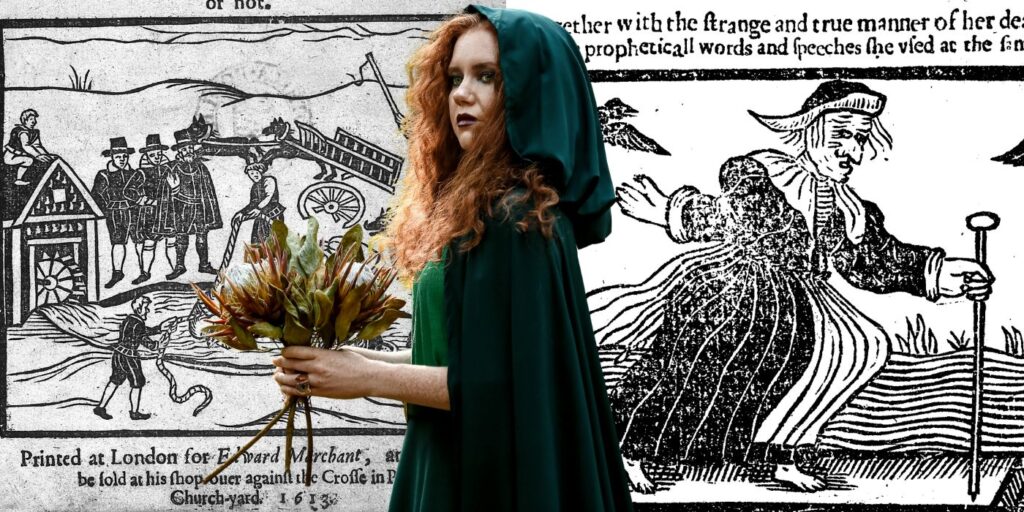
The Pendle Witch Trials of 1612 were pure 17th-century drama. In a small town in Lancashire, a trivial roadside argument spiraled into one of England’s most notorious witch hunts.
Over the summer of 1612, ten people were convicted of witchcraft and hanged (plus one died in jail – after generations of village feuding, secret Catholic Masses, and bizarre testimony. In this darkest chapter of Lancashire history you’ll find high-stakes family feuds, 80-something “granny witches”, a 9-year-old star witness, flying ponies and even a plot to blow up Lancaster Castle.
Here are 7 absolutely wild facts that’ll make Pendle sound like the Salem meets Game of Thrones mash-up in the history of witchcraft.
7. The Pendle Witch Trials Began With a Petty Argument
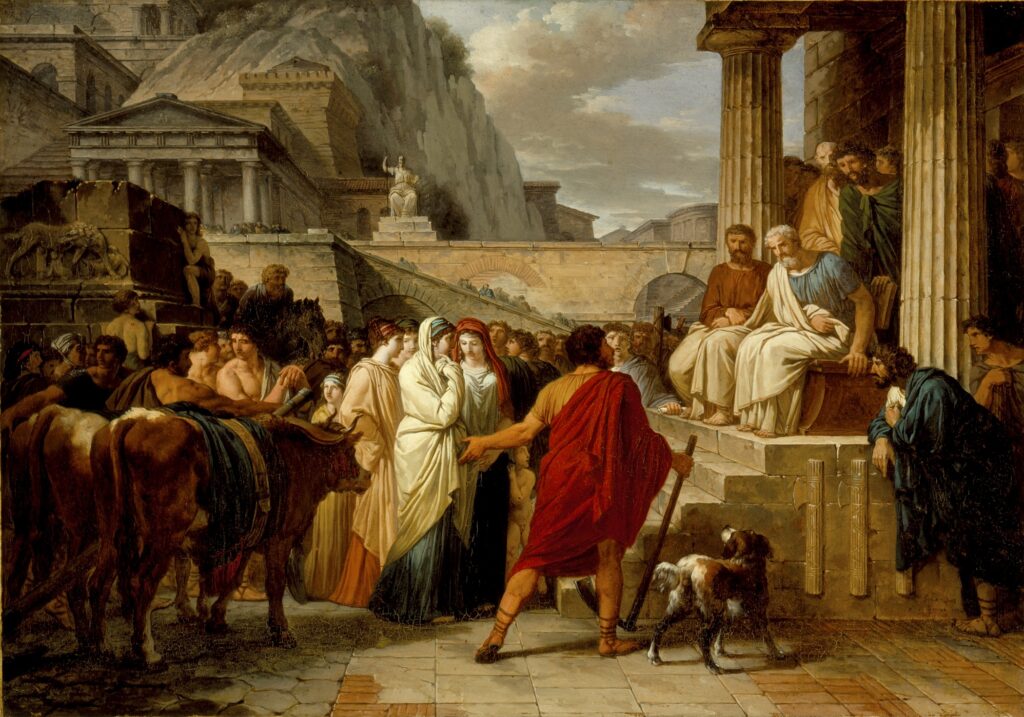
It began when Alizon (or “Alison”) Device, a young woman of Pendle, simply asked a passing peddler for a pin…and then cursed him. John Law, the peddler, refused her request and moments later he collapsed (most likely from a stroke and not a magic spell) and blamed Alizon’s witchcraft.
Alizon panicked and confessed on the spot that she’d told the Devil’s dog to “lame” Law! (Yes, not the devil….the Devil’s dog.)
But that’s not all, along with herself, she shopped her own grandma, Old Demdike, and rival matriarch Mother Chattox, in as accomplices.
This was the turning point. What started as a single incident now widened dramatically: Nowell swiftly rounded up Old Demdike, Old Chattox, and Chattox’s daughter Anne Redferne for inquiry alongside Alizon.
In trying to exonerate themselves and shift blame, the detained women unleashed a flood of accusations against each other, effectively shifting the focus of the case.
So, a single request for a pin led to mass arrests based on alleged curses and demon-dogs.
6. The Witches of Pendle Were Actually Elderly Matriarchs

Ultimately, ten of the twelve witches of pendle belonged to one of the two families Alizon accused – her own and the Whittles.
The two families had been feuding for years, competing for local clients and alms in what one historian describes as “a trial in which one family destroyed the other and then turned suicidally on itself”. The matriarchs of the two families Elizabeth Southerns (aka “Old Demdike”) and Anne Whittle (“Mother Chattox”) were both widows in their 80s. These ladies were the original “cunning folk”, village healers who used herbs and charms, and it was normal for people to go to women like them for medicine or curses. But by 1612 both grandmas had reputation (and grudge) issues.
The authorities suddenly saw a much larger pattern of witchcraft spanning decades – all revolving around these two crones and their families’.
5. Pendle Witches Included the Elite – Like Alice Nutter
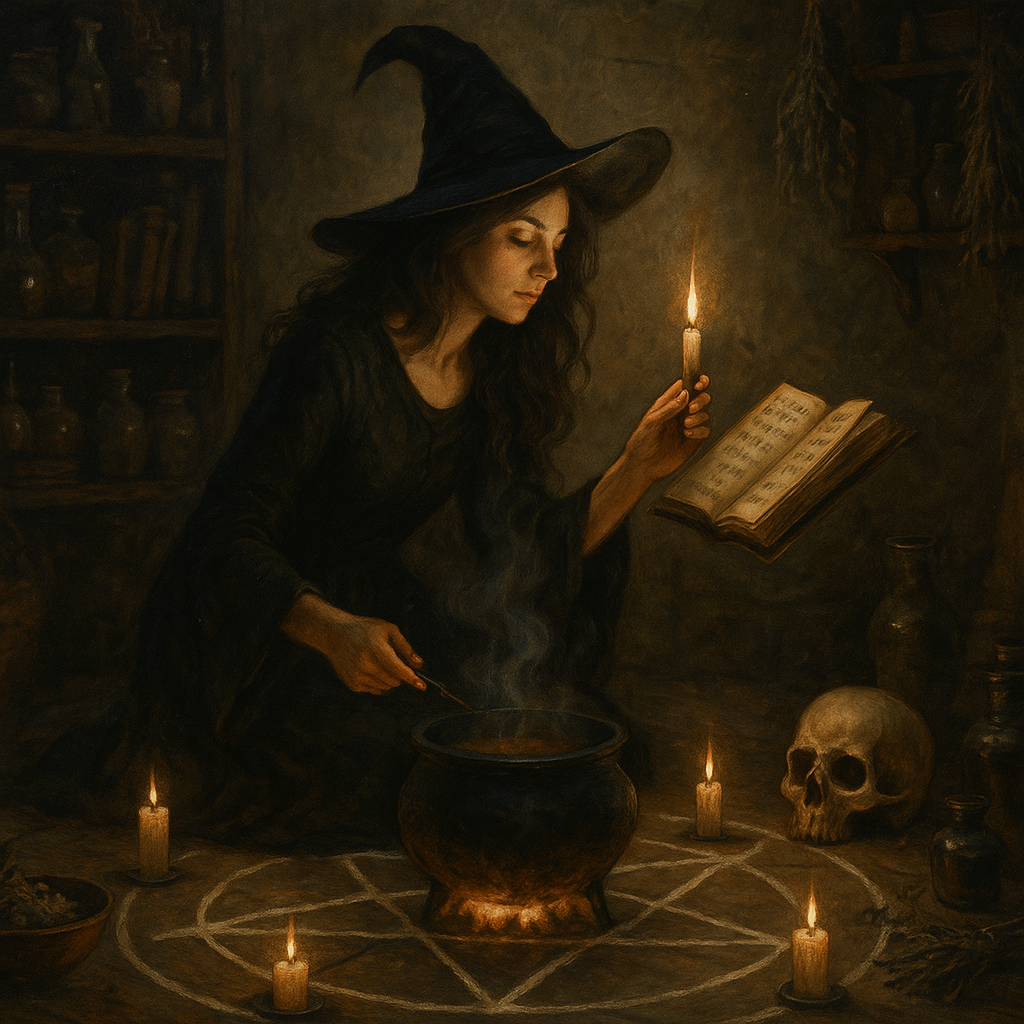
If you searched for information about the Pendle witches, or any witch really, you’d usually get images of old crones with pointy hats. But in reality one of the 19 accused witches was a well-to-do gentlewoman.
Alice Nutter of Roughlee Hall was a local landowner and heiress; hardly the impoverished hag stereotype. Yet she was accused of witchcraft after a neighbor refused to give her mother a penny and promptly died. The flimsy “proof”? Nine-year-old Jennet Device testified that she’d seen Alice at a witches’ sabbath that Good Friday. (That’s it.)
Despite no stronger evidence, the court convicted Alice on Jennet’s word alone. Cue massive injustice and poor Alice swinging from the gallows. So, even the manor lady wasn’t safe from the growing hysteria of the Pendle Witch Trials.
4. Even a Roast Lamb Could Condemn You in Pendle
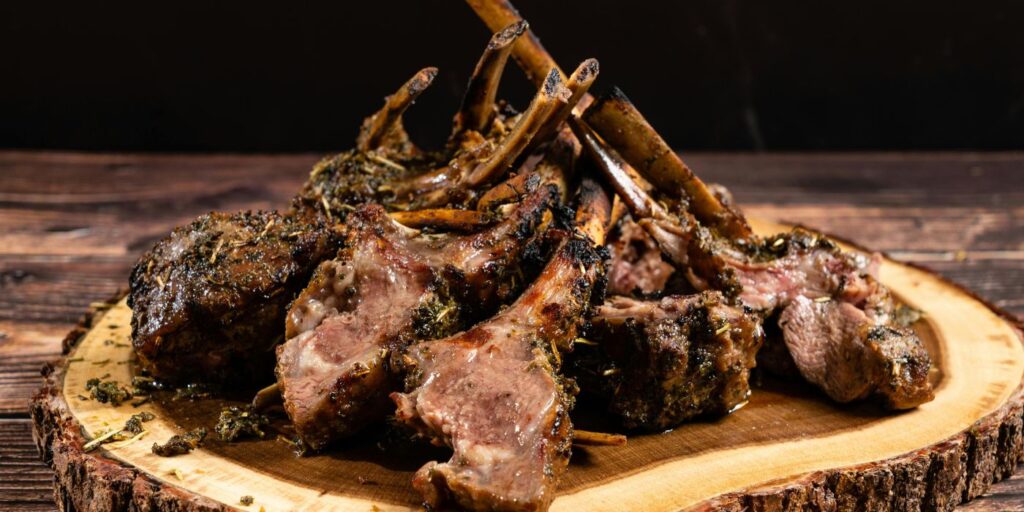
When you think “aiding a witch”, you probably imagine a midnight ritual – not dinner prep. But in Pendle, simply turning a spit with roast lamb on Good Friday was considered guilt by association.
John Bulcock and his mother Jane were accused partly because John helped turn the roasting lamb that day, “by which it was roasted”.
But why would a spit-turning equate to witchcraft?
In those days even small acts (especially on a holy day) were twisted into evidence or claimed as a witches test. The jury apparently thought, “If you spin the lamb, you spin evil.” It was enough “aid or assist” to seal their fates. One can only imagine John’s confusion: “Ma, I was just hungry – now we’re witches?” This absurd charge shows just how loose the “evidence” got (as it did in many witch trials).
3. A Child Witness Helped Convict the Pendle Witches
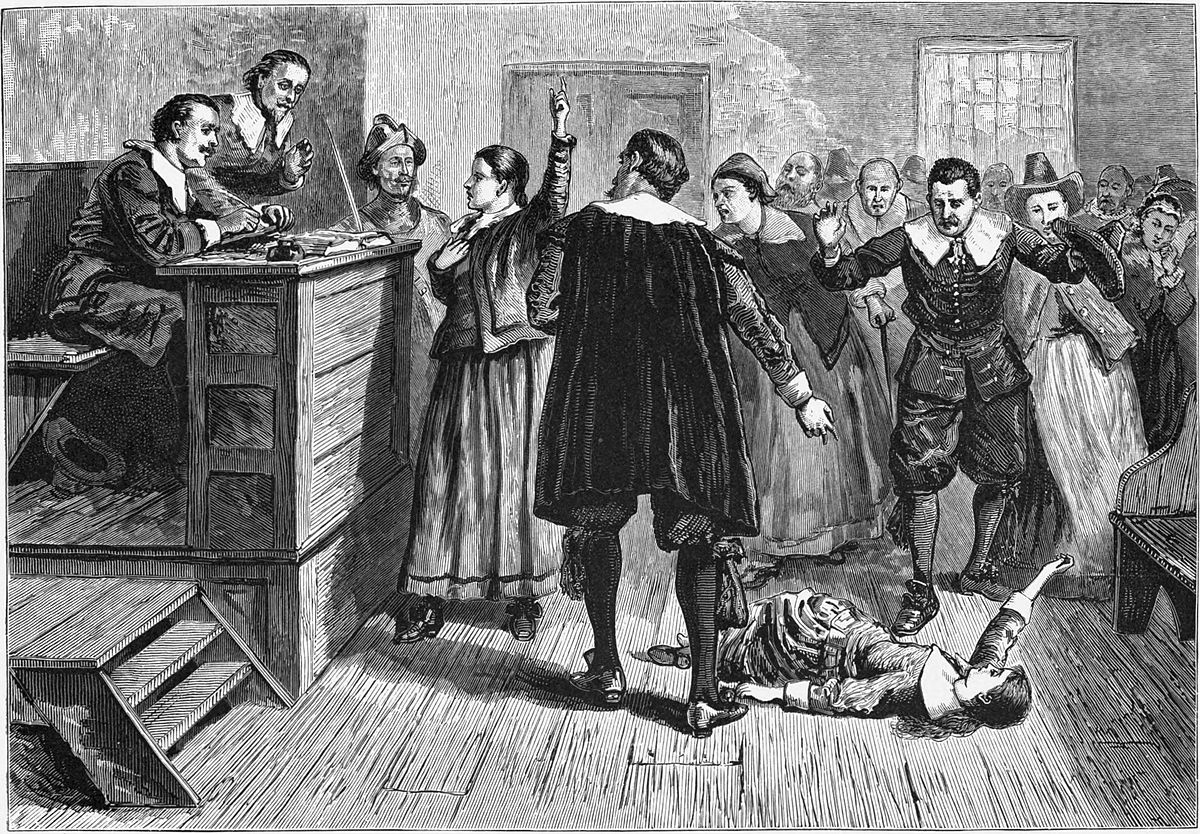
As in the Salem Witch Trials, a young girl was the star witness and accuser.
Nine-year-old Jennet Device, the youngest of the Devices, testified against people at the Malkin Tower meeting and even her own mother, sister, and brother.
When she identified her mother Elizabeth as a witch, Elizabeth freaked out, screamed and cursed at Jennet and had to be dragged out of court. Unfortunately, not really helping her case.
Somehow (call it prejudice, sexism, hysteria) Jennet’s words alone convinced the judges and jury. At age 9, she literally condemned much of her family to death.
This set a dangerous precedent: after Pendle, English courts never hesitated to let screaming kids incriminate anyone
2. The Pendle Hill Witches Were Accused of Wild Crimes

According to Jennet’s jaw-dropping testimony, the Pendle witches held a Good Friday meeting at Malkin Tower where they planned to blow up Lancaster Castle, kill the governor, and free all the jailed witches.
Not content with sabotage, Jennet also claimed the witches mounted ponies and flew off on them before vanishing. Yes, actual flying horses. These dramatic details gave the court the ammunition to convict more women of the village (often those who they held some personal slight against).
Of course, let’s ignore the fact that these testimonies of flying ponies came from a 9-year-old girl.
1. Pendle Witches Faced the Deadliest Witch Trial in England
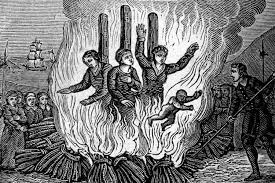
Here’s the kicker: Pendle wasn’t a one-off sideshow – it was huge.
Ten people were hanged in August 1612, making Pendle the single largest witch-hunt in English history.
For scale, English courts executed under 500 witches in three centuries. In other words, one tiny corner of Lancashire produced more witches-in-one-trial than almost any other event.
Historic chroniclers even call it “England’s biggest peacetime witch trial”. All we know about these ten doomed villagers comes from one biased court clerk’s book (Thomas Potts’s Wonderful Discoverie) – so our view is pretty one-sided.
Still, the bottom line is undeniable: Pendle killed ten people for witchcraft, an enormous chunk of England’s witch-hunt body count.